MisiOn de San Cosme y San DamiAn.
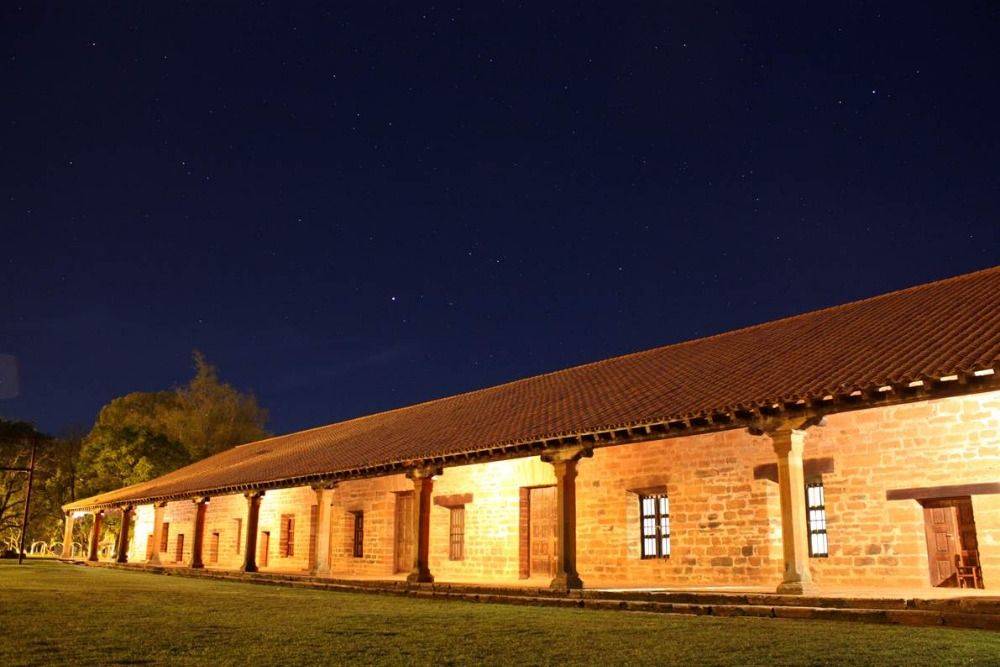


Otro de los iconos de esta localidad es el Centro de Interpretación Astronómica Buenaventura Suárez, en homenaje al sacerdote jesuita que construyó el segundo observatorio de América en el recinto correspondiente a la Misión Jesuítica Guaraní de San Cosme y San Damián, en el siglo XVIII, empleando materiales que podía obtener en la propia misión, como cristales de cuarzo que encontró a orillas del Río Paraná para confeccionar las lentes. Este centro consiste en un complejo que cuenta con un planetario, observatorio astronómico, sala de proyección multimedia y bloque de servicios. Ideal para que las mentes de niños, niñas y adultos vuelen tan alto como las estrellas.
Comunidad indígena guaraní PindO
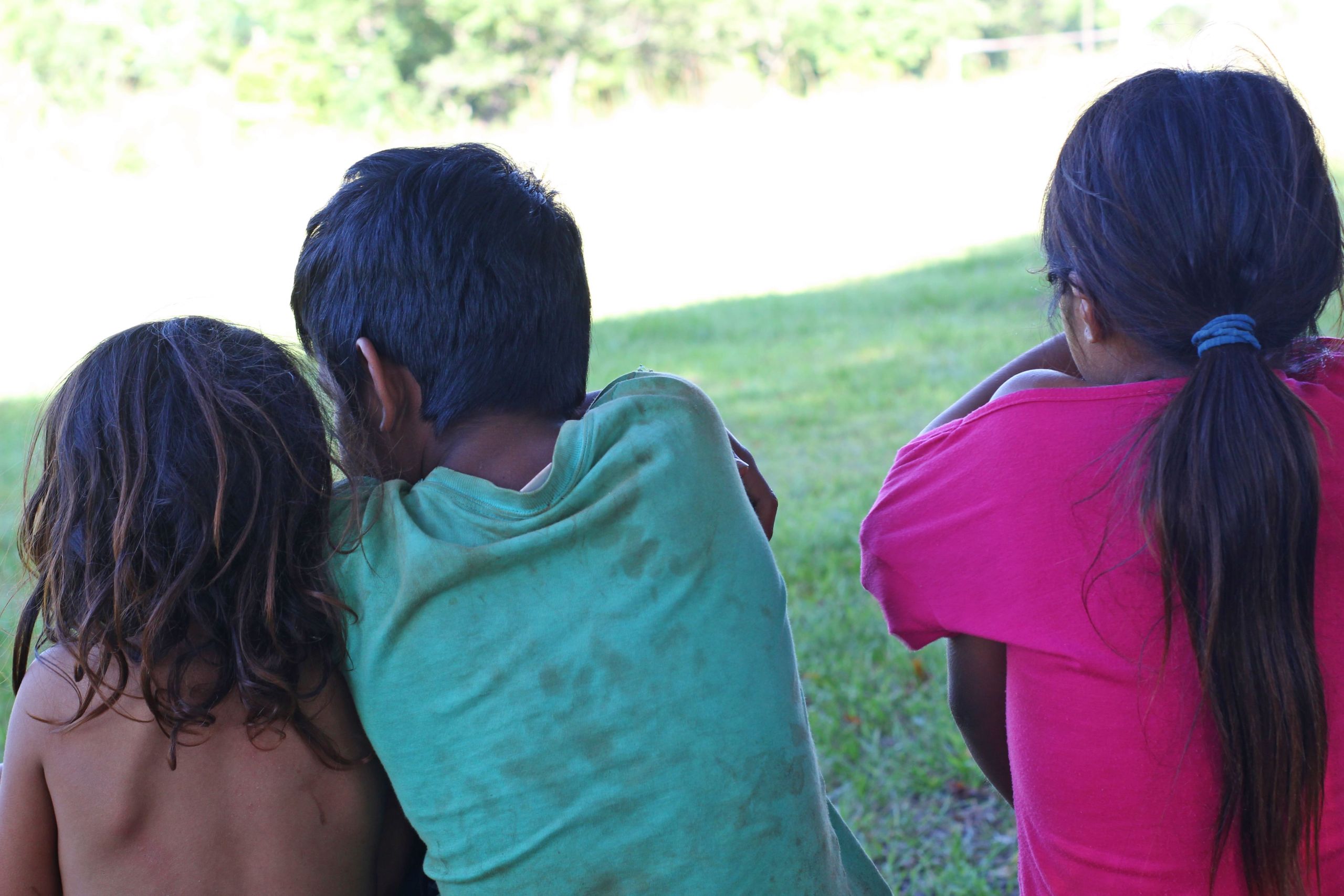

MisiOn SantIsima Trinidad del ParanA
Considerada como “la mayor y mejor de todas las reducciones” y Patrimonio de la Humanidad Unesco, porque es la mejor conservada de todas. Fundada en el año 1706, destacan los frisos de los ángeles músicos de la iglesia mayor, diseñada por el arquitecto Juan Bautista Prímoli y la torre situada a cierta distancia de la iglesia menor. En el complejo se encuentran dos museos: El Museo Jesuítico con tallas en piedra, nichos y retablos, y el Museo Lítico, al costado del templo, con piezas esculpidas en piedras, restos de ángeles y santos. 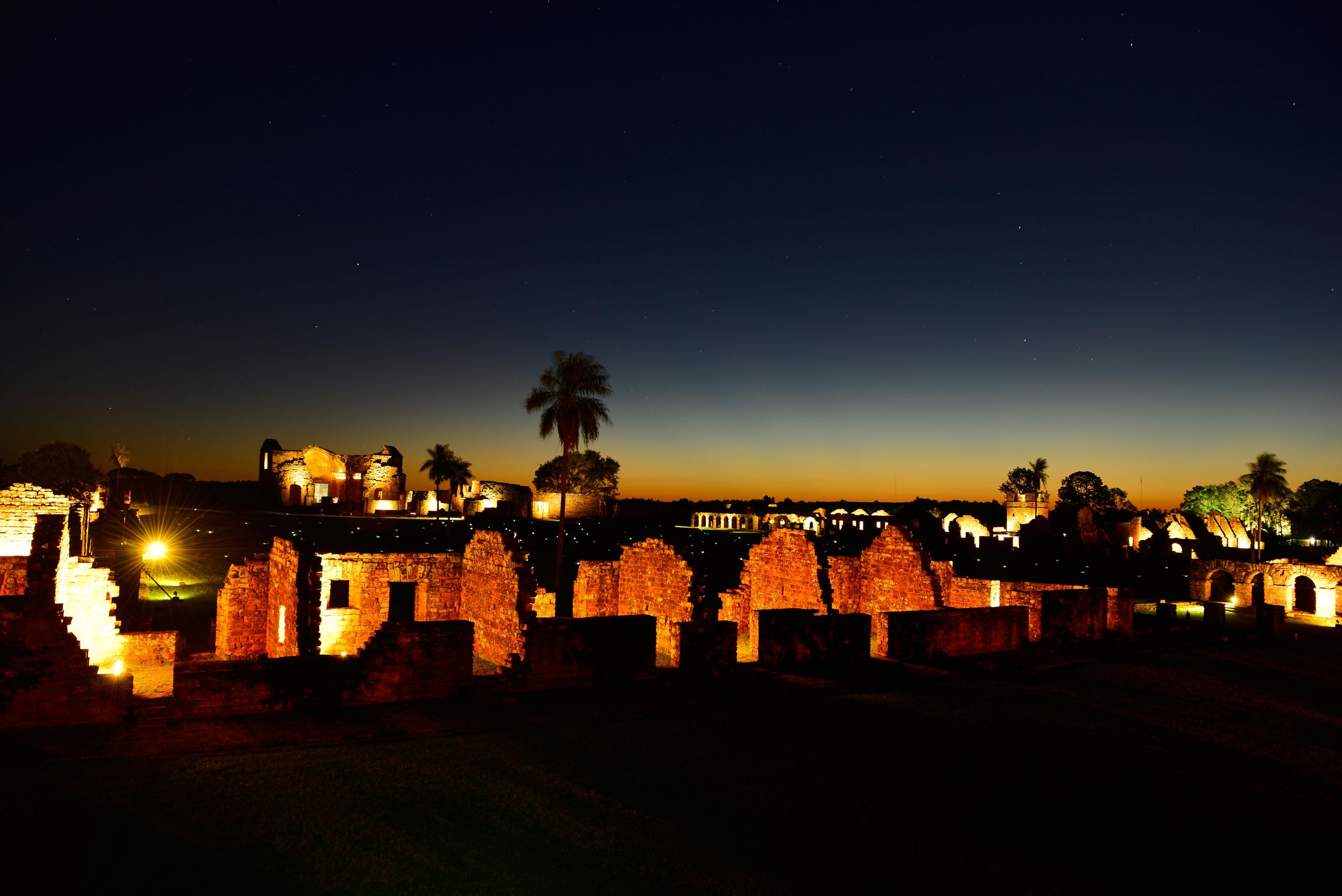

Una de las iniciativas más destacadas para poder escuchar directamente el testimonio de un guía indígena guaraní mientras recorre las inmensas edificaciones de la misión. Oscar Veramini (brillante, sabio y pequeño en idioma guaraní) es uno de ellos. A sus 21 años explica en guaraní y en español la historia y los detalles de las construcciones de arenisca, madera y adobe y el significado de elementos culturales de su pueblo tan importantes como, por ejemplo, la religión o símbolos.
No se puede perder el turista el recorrido cultural “Luces, Sonidos e Imágenes”, en la misión de Santísima Trinidad. Allí podrá rememorar los años de convivencia y aprendizaje entre guaraníes y jesuitas en el siglo XVII.
La reproducción del encuentro de dos civilizaciones es por tanto, un medio cultural para la comprensión del tiempo y la acción transformada de lo jesuítico. Este espectáculo es recreado con delicada y genuina expresión artística y se convierte en una experiencia única.
Parque Ecológico Ita Cajón. Ex Cantera Jesuítica, fue el sitio de donde se extrajo el 80% de las piedras utilizadas para construir la Misión Jesuítica de Santísima Trinidad del Paraná.
Es un lugar de gran valor histórico y natural, que invita a descubrir y conocer la historia. En sus paredes de piedra se siente la energía de una era distinta donde predominaban los tupidos bosques y los característicos sonidos de la selva quizás quebrados por el trajinar de los indígenas y el constante golpe de piquete contra las rocas.
Comunidad IndIgena Guavyrami – Mbya GuaranI
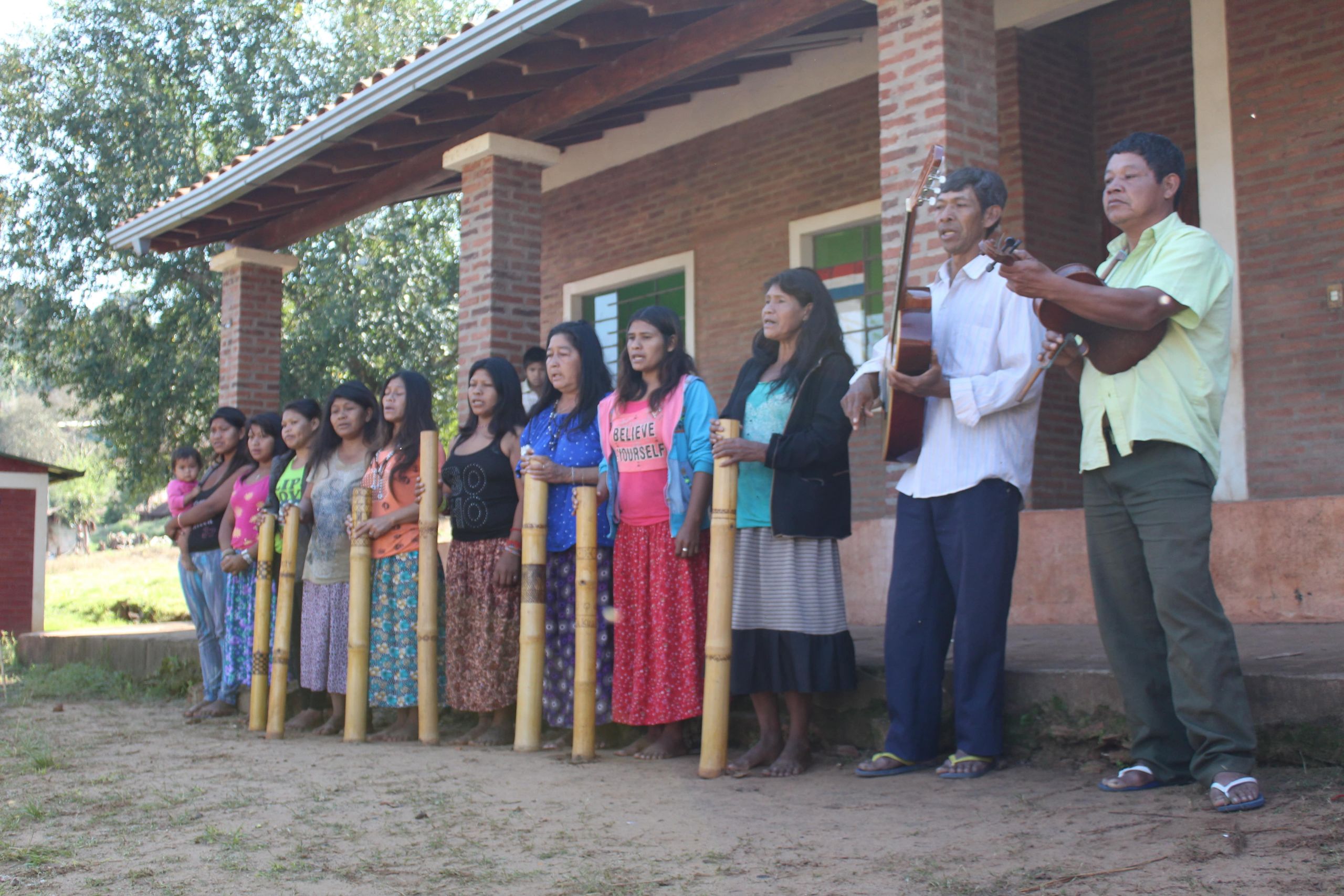

Llegando a la comunidad mby’a guaraní, la primera parada es en el taller donde se confeccionan artesanías realizadas con madera o piedra, donde se hallan desde figuras de animales hasta instrumentos musicales a partir de Gs. 30.000. A la derecha del acceso principal está un moderno salón con todas las comodidades donde niños y adolescentes cuentan con una colonia de vacaciones y con una ludoteca, recientemente inaugurada. En este sitio, además, dos profesionales en educación ayudan de lunes a viernes a reforzar sus estudios a los alumnos de la comunidad.
En un predio de 50 hectáreas se inicia el recorrido para los visitantes con una propuesta de senderismo en cuyo trayecto se puede conocer cómo viven actualmente, y como explican sobre sus costumbres y la naturaleza. Durante este recorrido de 40 minutos entre frondosos árboles y túneles naturales, los guías, que son los mismos miembros de la comunidad, van explicando sobre los tipos de trampas que utilizan para cazar animales, con qué elementos fabrican sus arcos y flechas, respondiendo atentamente a todas las consultas de los curiosos visitantes.
Se cruza por nacientes hasta llegar a la cantera San Luís, un sitio histórico, ya que, de allí se extraía la materia prima para la construcción de la misión de Jesús de Tavarangüe, ubicada un poco más al norte, a unos cinco kilómetros del lugar. La cordialidad de sus anfitriones está presente en todo momento. El acceso tiene un costo de G. 20.000 y se ofrece además, para los interesados, un recibimiento musical con el Coro Mby’a Guaraní, previa reserva.
MisiOn de JesUs de Tavarangüe
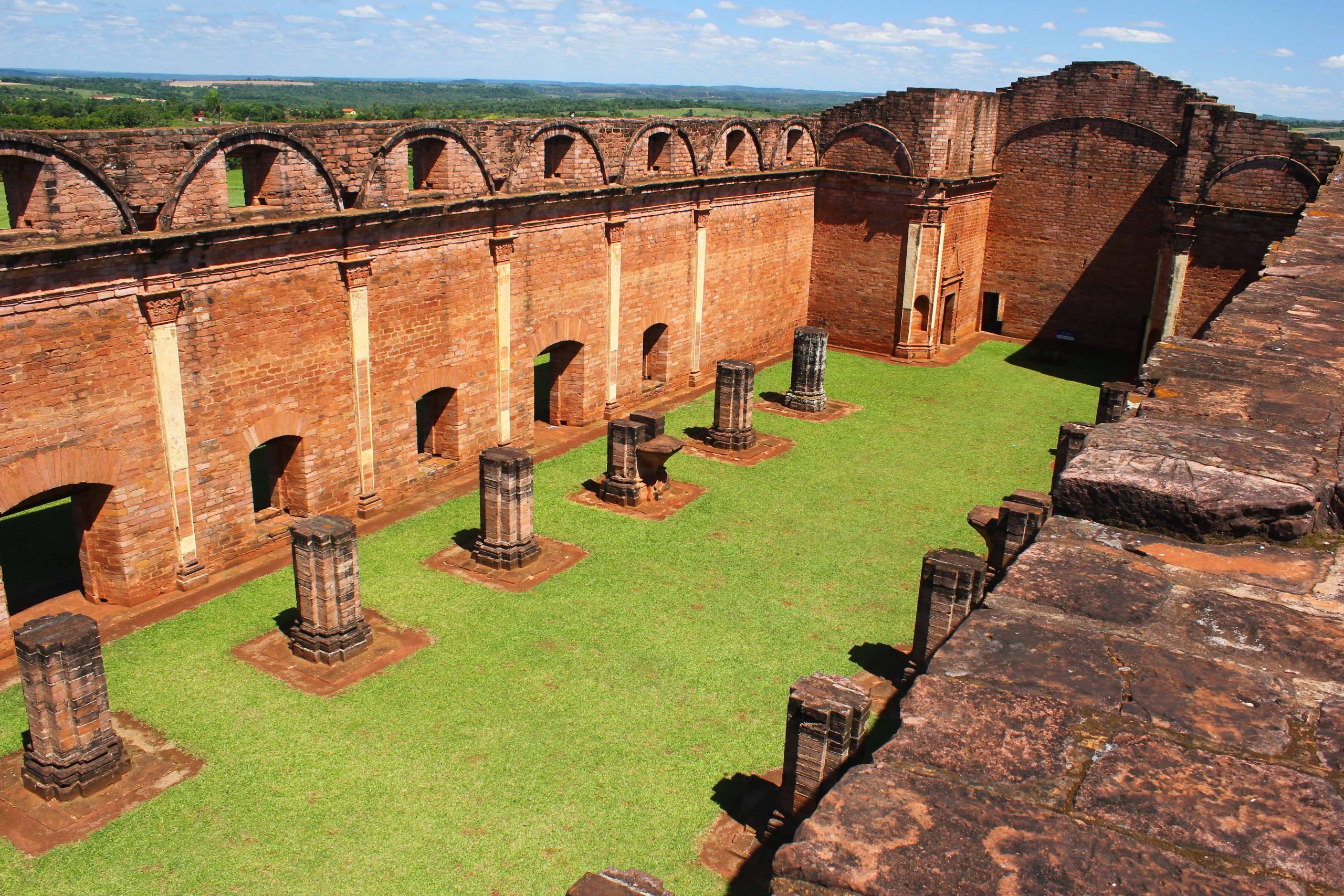

El templo pretendía ser una réplica de la Iglesia de Loyola, ubicada en Italia. El diseño arquitectónico de esta reducción estuvo a cargo del arquitecto Antonio Forcada, de origen español, que impuso su estilo propio con arcos trilobulados característicos de la cultura musulmana que también predomina en España.
El pueblo de Jesús fue fundado a orillas del Río Monday en el año 1685 por el sacerdote jesuita Gerónimo Delfín, sufriendo varias migraciones hasta instalarse en su actual ubicación en el año 1758. Ese año probablemente inicia la construcción que duraría aproximadamente 10 años, hasta la llegada de la orden de expulsión de los jesuitas en 1768. Se le denomina Tavarangue (Tava: Pueblo, Rangue: Lo que pudo ser) porque el pueblo no se llegó a terminar
Espectáculo de Mapping 3D en la Misión de Jesús: Todo el viaje valdría la pena solo para ver este espectáculo visual y sonoro que pone la piel de gallina. Cuando cae la noche se invita a los viajeros a adentrarse en la misión caminando apenas alumbrados por los faros de los guías. En un ambiente místico y rodeados por un paisaje paradisíaco la misión cobra vida. Las rocas se mueven, la música y las oraciones en guaraní, latín y español inundan el espacio.
En poco tiempo, sintiendo el olor húmedo del pasto verde, impresionantes y gigantescas imágenes van explicando la historia de las misiones jesuitas y la convivencia con los pueblos guaraníes. Emocionante.
MisiOn Nuestra Señora de la EncarnaciOn de ItapUa
Situada en el departamento de Itapúa, cuya ocupación comenzó en el siglo XVII con la venida de los jesuitas, quienes establecieron en la zona y en las misiones un sistema sociocultural de modalidades propias. Las reducciones jesuíticas fueron asentamientos permanentes de etnias guaraníes bajo la administración política y religiosa de esa orden. La provincia jesuítica se organizó en 1607 y duró hasta 1768, año en que sus sacerdotes fueron expulsados.
El 25 de marzo de 1615 fue fundada Nuestra Señora de la Encarnación de Itapúa por el padre jesuita Roque González de Santa Cruz. En 1843, por disposición de los cónsules Carlos Antonio López y Mariano Roque Alonso, fue sustituido su nombre por el de Villa de Encarnación. Villa Encarnación se convirtió en departamento en 1906, con la primera Ley de División Territorial de la República. Recién en 1945 recibió el nombre Itapúa, estableciéndose a Encarnación como capital.
Mission of San Cosme and San DamiAn



Another of the icons of this town is the Buenaventura Suárez Astronomical Interpretation Center, in homage to the Jesuit priest who built the second observatory in America in the area corresponding to the Guaraní Jesuit Mission of San Cosme and San Damián, in the 18th century, using materials that could be obtained on the mission itself, such as quartz crystals that he found on the banks of the Paraná River to make lenses. This center consists of a complex that has a planetarium, an astronomical observatory, a multimedia projection room and other services. Ideal for the minds of boys, girls and adults to fly as high as the stars.
GuaranI Pindo Indigenous Community


Mission SantIsima Trinidad del ParanA
Considered «the largest and best of all reductions» and a UNESCO World Heritage Site, because it is the best preserved of all. Founded in 1706, the friezes of the musician angels in the main church, designed by the architect Juan Bautista Prímoli and the tower located some distance from the smaller church stand out. In the complex there are two museums: The Jesuit Museum with stone carvings, niches and altarpieces, and the Lithic Museum, on the side of the temple, with pieces sculpted in stones, remains of angels and saints.

One of the most outstanding initiatives is to be able to hear directly the testimony of an indigenous Guaraní guide while touring the immense buildings of the mission. Oscar Veramini (bright, wise and small in Guarani language) is one of them. He explains in Guaraní and Spanish the history and details of the sandstone, wood and adobe constructions and the meaning of cultural elements of his people as important as, for example, religion or symbols.
Light show in the Jesuit Mission: The visitor cannot miss the cultural tour «Lights, Sounds and Images», in the mission of Santísima Trinidad. There you can recall the years of coexistence and learning between Guarani and Jesuits in the seventeenth century. The reproduction of the meeting of two civilizations is therefore a cultural means for understanding time and the transformed action of the Jesuit. This show is recreated with delicate and genuine artistic expression and becomes a unique experience.
Ita Cajón Ecological Park: Former Jesuit Quarry, it was the site from which 80% of the stones used to build the Jesuit Mission of Santísima Trinidad del Paraná were extracted. It is a place of great historical and natural value, which invites you to discover and learn about history. In its stone walls you can feel the energy of a different era where the dense forests and the characteristic sounds of the jungle predominated, perhaps broken by the bustle of the natives and the constant strike of the picket against the rocks.
Guavyrami Indigenous Community – Mbya GuaranI


In an area of 50 hectares, the route for visitors begins with a hiking proposal, on which route you can see how they currently live, and how they explain about their customs and nature. During this 40-minute tour between lush trees and natural tunnels, the guides, members of the community, explain about the types of traps they use to hunt animals, with what elements they make their bows and arrows, responding attentively to all inquiries from curious visitors.
You can cross several springs until you reach the San Luís quarry, a historical site, since the raw material for the construction of the Jesús de Tavarangüe mission was extracted from here, located a little further north, about five kilometers from the indigenous community. The cordiality of the hosts is present at all times. Access has a cost of G. 20,000 (about 4 USD) and also offers, for those interested, a musical reception with the Mby’a Guaraní Choir, upon reservation.
.
Mission of JesUs de TavarangUe


Its temple pretended to be a replica of the Church of Loyola, located in Italy. The architectural design of this reduction was in charge of the architect Antonio Forcada, of Spanish origin, who imposed his own style with trilobed arches characteristic of the Muslim culture that also predominates in Spain.
The town of Jesús de Tavarangüe was founded on the banks of the Monday River in 1685 by the Jesuit priest Gerónimo Delfín, undergoing several migrations until settling in its current location in 1758. The construction probably began year that would last approximately 10 years, until the arrival of the expulsion order of the Jesuits in 1768. It is called Tavarangue (Tava: Pueblo, Rangue: That could be) because the town was never finished. The District of Jesús has approximately 6,000 inhabitants who are mainly dedicated to agriculture, artisan brick making and the harvest of yerba mate
3D Mapping Show at the Mission of Jesus: The whole trip would be worth it just to see this visual and sound spectacle that gives you goosebumps. When night falls, travelers are invited to enter the mission by walking, barely lit by the headlights of the guides. In a mystical environment and surrounded by a paradisiacal landscape, the mission comes to life. Rocks move, music and prayers in Guarani, Latin and Spanish flood the space.
In a short time, feeling the wet smell of the green grass, impressive and gigantic images explain the history of the Jesuit missions and the coexistence with the Guaraní peoples. Truly exciting.
Mission Our Lady of the EncarnaciOn of ItapUa
Located in the department of Itapúa, its occupation began in the seventeenth century with the arrival of the Jesuit Order, who established a sociocultural system of their own modalities in the area and in the missions. The Jesuit reductions were permanent settlements of Guarani ethnic groups under the political and religious administration of that order. The Jesuit province was organized in 1607 and lasted until 1768, the year its priests were expelled.
On March 25, 1614, Nuestra Sñora de la Encarnación de Itapúa was founded by the Jesuit priest Roque González de Santa Cruz. In 1843, by order of the consuls Carlos Antonio López and Mariano Roque Alonso, his name was replaced by Villa de Encarnación. Villa de Encarnación became a department in 1906, with the first Law of Territorial Division of the Republic of Paraguay. Only in 1945 did it receive the name Itapúa, establishing Encarnación as the capital.
Información sobre visitas y reservas:
Misión Jesuítica Guaraní de San Cosme y San Damián:
Consultas y reservas: (073) 275 315 Móvil: 595 985 732 956
E-mail: sancosme@senatur.gov.py
Facebook: Misión Jesuítica San Cosme y San Damián
Misión San Cosme: De Lunes a Domingos de 07:00 hs a 19:00 hs.
Centro de Interpretación Astronómica Buenaventura Suaréz: De Lunes a Domingos de 07:00 hs a 19:00 hs.
Misión Jesuítica Guaraní de Santísima Trinidad del Paraná – Patrimonio Mundial de la Humanidad – Unesco.
Consultas y reservas: 595 985 772 803
E-mail: trinidad@senatur.gov.py
Facebook: Misión Jesuitica Santisima Trinidad (Misión Jesuítica Trinidad)
- Visita Diurna: De Lunes a Domingos de 07:00 hs a 19:00 hs.
- Visita Nocturna: Espectáculo de Luces y Sonidos en Misión de Trinidad: De Viernes a Domingos 19:00 hs.
Misión Jesuítica Guaraní de Jesús de Tavarangüe – Patrimonio Mundial de la Humanidad – Unesco.
Consultas y reservas: 595 986 633 651
E-mail: jesus@senatur.gov.py
Facebook: @misionjesuspuh
Visitas Diurnas:
De Lunes a Jueves de 07:00 hs a 18:00 hs;
De Viernes a Domingos de 07:00 hs a 17:30 hs.
Visitas Nocturnas: Proyección de Video Mapping3D :
De Viernes a Domingos 17:45 hs.
